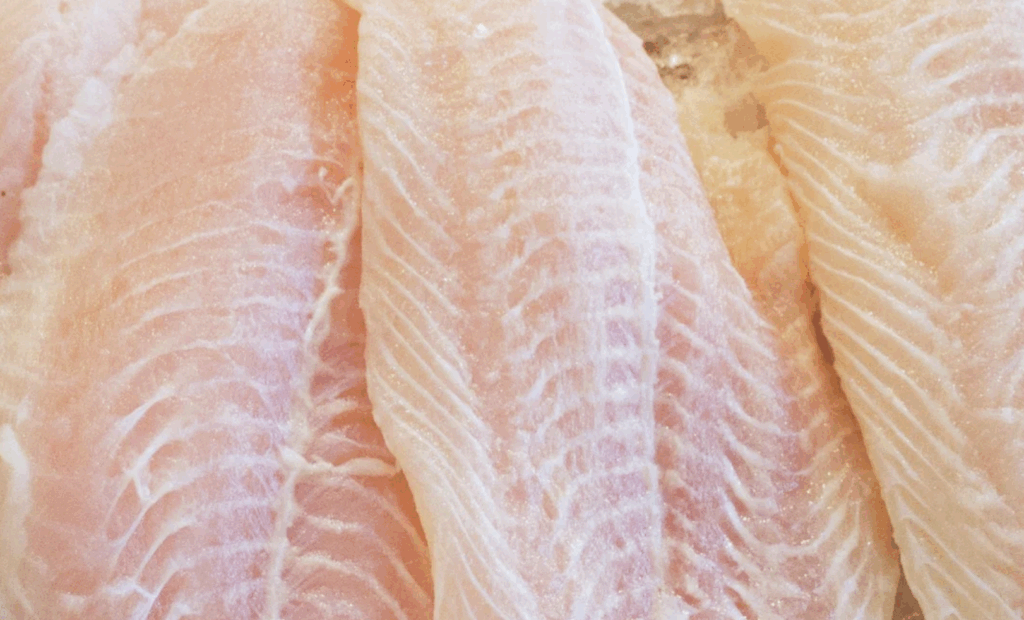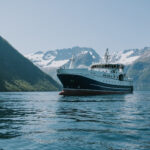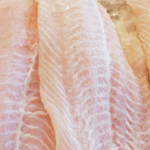Norwegian and Russian marine scientists have recommended a significant reduction in the Northeast Arctic cod quota for 2026, but an increase in the haddock quota.
The scientists have put forward a total catch of no more than 269,440 metric tons of Northeast Arctic cod in 2026, 14% lower than the 2025 recommendation and 21% below the quota set for 2025.
The 2026 quota advice is the lowest recommendation since 2002 and follows ongoing concerns about cod stocks in the Barents Sea. If implemented, it would be the lowest fixed quota since 1991.
The reduction is linked to a continued decline in the spawning stock, which has decreased each year since its peak in 2013, with 2025 and 2026 expected to see the lowest levels.
However, scientists now consider that the ‘bottom’ has been reached and expect the quota advice to increase in 2027 and the coming years, if this year’s advice is followed.
For Northeast Arctic haddock, the researchers recommend a catch not exceeding 153,293 metric tons in 2026, a 43% increase on the 2025 quota advice, and 18% higher compared to the 2025 quota.
This is due to the haddock spawning stock biomass in 2025 being above precautionary and limited reference points and the fact that fishing pressure in 2024 is also within sustainable levels. Scientists have said this could lead to even higher haddock quotas after 2026, but warn it is still important to protect the incoming year classes and to avoid fishing for them as juveniles.
Final quotas will be set by the Norwegian-Russian Fisheries Commission this autumn.








